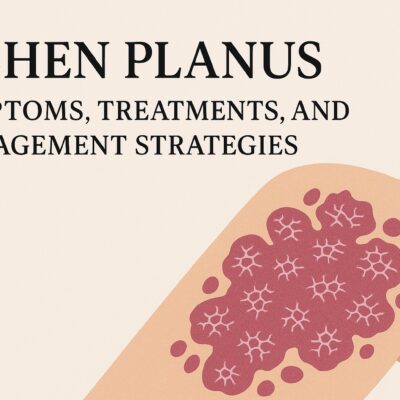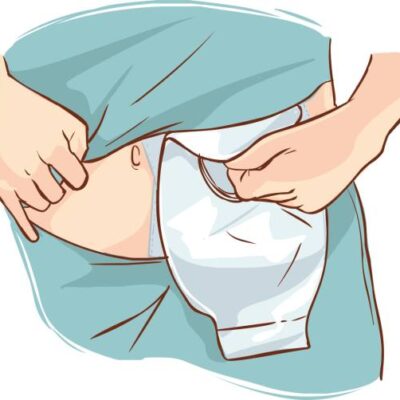Learn how to effectively use the Bates-Jensen Wound Assessment Tool (BWAT) for accurate wound evaluation. A comprehensive guide for healthcare professionals.
Introduction
In the field of healthcare, accurate wound assessment is crucial for effective treatment and care planning. The Bates-Jensen Wound Assessment Tool (BWAT) is a widely recognized and trusted tool used by healthcare professionals to evaluate and document wound characteristics. This comprehensive guide will walk you through the process of using the BWAT, providing you with valuable insights and instructions to enhance your wound assessment skills.
Guide to Using the Bates-Jensen Wound Assessment Tool (BWAT)
The Bates-Jensen Wound Assessment Tool (BWAT) is a standardized instrument designed to assess various aspects of a wound, including size, depth, tissue type, exudate, and surrounding skin condition. By utilizing the BWAT, healthcare professionals can gather objective data to monitor wound healing progress and make informed decisions regarding treatment strategies. Let’s delve into the step-by-step guide to using the BWAT effectively.
Step 1: Gathering Essential Tools
Before beginning the wound assessment, ensure that you have all the necessary tools readily available. This includes gloves, measuring devices (ruler, calipers), sterile saline solution, clean gauze, and a pen for documenting the findings.
Step 2: Preparing the Patient and the Environment
Create a comfortable and hygienic environment for the patient. Explain the assessment process, ensuring their consent and addressing any concerns they may have. Position the patient in a suitable posture, allowing easy access to the wound area while maintaining their privacy and dignity.
Step 3: Assessing Wound Size and Depth
Measure the wound’s length, width, and depth using a ruler or calipers. Record the measurements accurately, documenting any undermining or tunneling if present. Ensure to follow proper wound measurement techniques to maintain consistency and reliability.
Step 4: Evaluating Wound Tissue Type
Observe the wound bed for the presence of different tissue types, such as granulation tissue, slough, necrotic tissue, or eschar. Identify and document the percentage of each tissue type present. This information helps in understanding the wound’s healing progress and determining appropriate interventions.
Step 5: Examining Exudate Characteristics
Examine the wound exudate and document its amount, color, consistency, and odor. This assessment provides valuable information about the wound’s infection status, healing trajectory, and the efficacy of current treatments.
Step 6: Analyzing Periwound Skin Condition
Inspect the skin surrounding the wound for signs of inflammation, maceration, or any other abnormalities. Document any redness, rash, or swelling present. The condition of periwound skin affects the wound healing process and guides the selection of appropriate interventions.
Step 7: Reassessing and Documenting Changes
Regularly reassess the wound using the BWAT to monitor the healing progress. Compare the new findings with previous assessments and document any changes. This longitudinal evaluation helps in identifying trends, evaluating treatment effectiveness, and making adjustments as needed.
FAQs (Frequently Asked Questions)
1. What is the Bates-Jensen Wound Assessment Tool (BWAT)?
The Bates-Jensen Wound Assessment Tool (BWAT) is a standardized instrument used by healthcare professionals to assess and document various characteristics of wounds, including size, depth, tissue type, exudate, and periwound skin condition.
2. Why is wound assessment important?
Wound assessment plays a crucial role in healthcare as it provides healthcare professionals with objective data to guide treatment decisions, monitor healing progress, and evaluate the effectiveness of interventions.
3. How does the Bates-Jensen Wound Assessment Tool (BWAT) benefit healthcare professionals?
The BWAT provides a systematic approach to wound assessment, ensuring consistency and reliability in data collection. It aids in accurate wound documentation, facilitates effective communication among healthcare providers, and enables evidence-based decision-making.
4. Can the BWAT be used for different types of wounds?
Yes, the BWAT is designed to assess various types of wounds, including acute wounds, chronic wounds, surgical incisions, and pressure ulcers. Its versatility makes it a valuable tool for wound assessment in different healthcare settings.
5. Are there any training programs available for using the BWAT?
Yes, many healthcare institutions and organizations offer training programs and workshops on wound assessment and the use of the BWAT. These programs enhance healthcare professionals’ skills and ensure proficiency in utilizing the tool effectively.
6. How often should wound assessments be performed?
The frequency of wound assessments depends on various factors, including the wound’s severity, complexity, and the patient’s overall condition. In general, regular assessments should be conducted to monitor the wound’s progress and guide treatment decisions effectively.
Conclusion
Mastering the art of wound assessment is essential for healthcare professionals involved in wound care. The Bates-Jensen Wound Assessment Tool (BWAT) serves as a reliable guide, enabling accurate and comprehensive wound evaluation. By following the step-by-step instructions outlined in this guide, you can enhance your wound assessment skills and provide optimal care to your patients.
Remember, effective wound assessment forms the foundation for successful wound management and promotes improved patient outcomes.






Does anyone who has experienced using the tool know how to answer when the wound is covered by a scab? …
It is not eschar, but then it’s hard to answer some of the other items.
Thanks
I agree, scabs can be a bit tricky. Which specific parts of the assessment do you feel you need some help on? Depth, Edges, Necrotic Tissue Type?